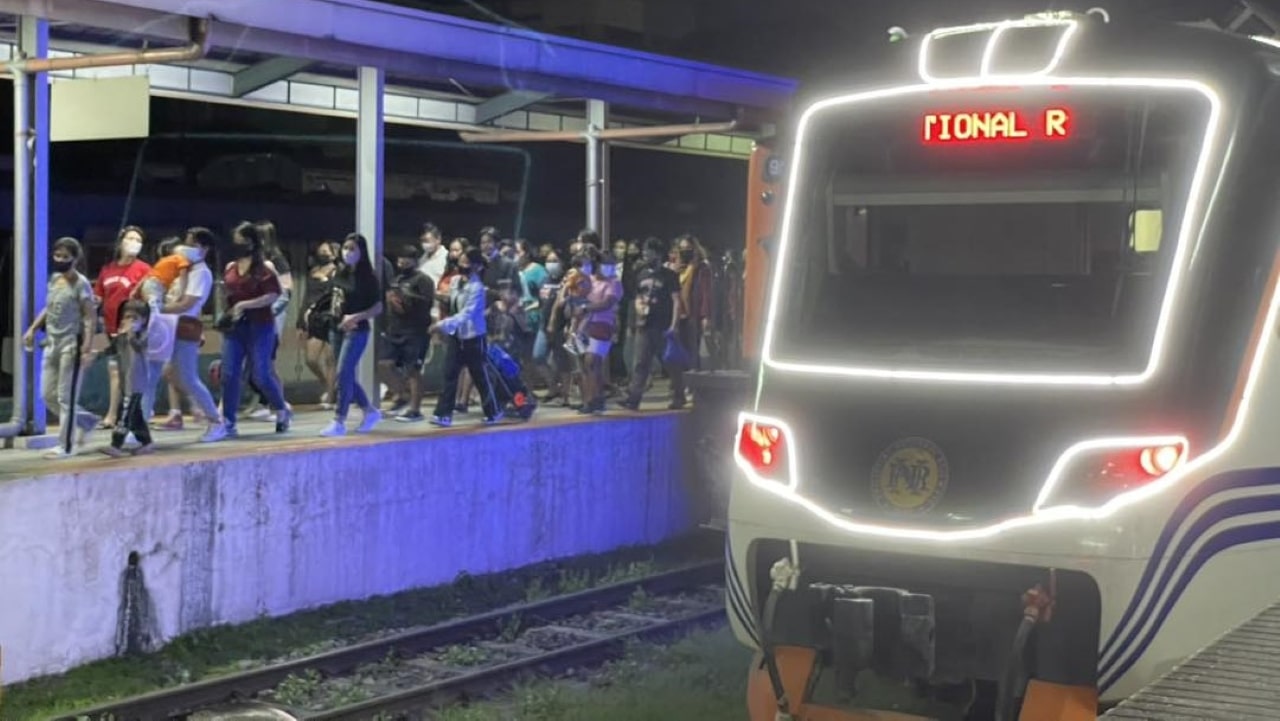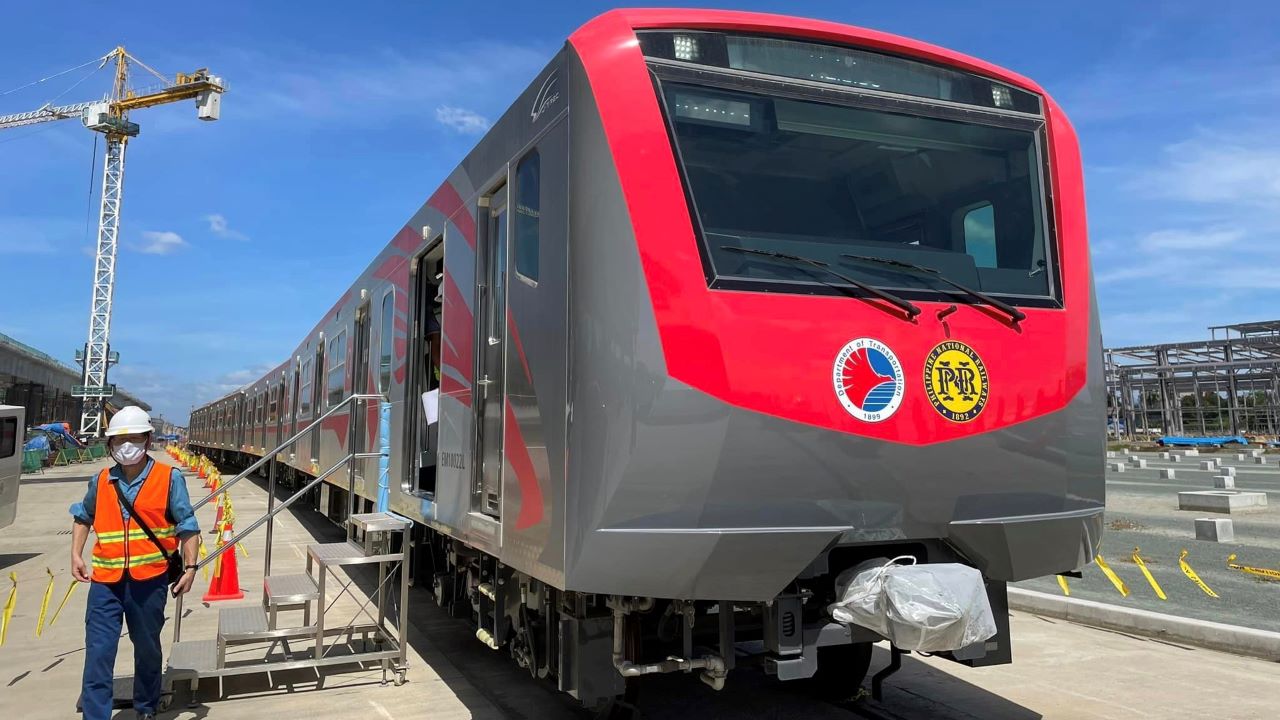
With the construction of the North-South Commuter Railway (NSCR, or North-South Railway Projects NSRP) going full steam ahead, the PNR is set to cease operations – fully – by the end of the year. Philippine National Railways Chairman Michael Macapagal made the announcement in a report and stated that measures will be implemented to help those who will be affected by the railway closure.
PNR line closures have begun, with more to cease operations until full closure

Photo: Philippine National Railways
As of July 2, the Alabang-Calamba trips of the PNR have already been partially closed; details of which you can find here. Next on the proverbial chopping block are the Alabang-Binan and Binan-Laguna lines. According to the Department of Transportation, these two lines’ schedules are as follows:
Alabang-Binan
– (Last trip: July 15, Saturday)
– Departure: 9:32 PM
– Arrival: 10:04 PM
– Fare: PHP 15USD 0.25INR 22EUR 0.25CNY 2
Biñan-Alabang
– (Last trip: July 16, Sunday)
– Departure: 5:24 AM
– Arrival: 5:56 AM
– Fare: PHP 15USD 0.25INR 22EUR 0.25CNY 2

Photo: Philippine National Railways
“Your train service will be temporarily suspended to give way to a major construction that will result in a modern train service that will ferry more people, to more places, fast, and safe,” said Cesar B. Chavez, DOTr Undersecretary for Railways.
With the recent line closure, more public utility vehicles have been deployed to address the shortage of transportation for train takers. Construction of the NSCR is seen to stretch for 5 to 6 years, but the PNR management is confident that this inconvenience will pave the way for better train transport.
“We are currently modernizing the train system of Philippines, magkakaroon po tayo ng [we will have] electric trains which will come from Clark to Pampanga, Pampanga to Bulacan, Bulacan to Metro Manila, then Metro Manila to Calamba, Laguna,” Macapagal said. “This entire project will include 35 stations, there are 51 new electric trains, commuter trains then about 7 or 8 express trains. These are all electric and these are at far with world standards, and these are all elevated system kaya makikita niyo bagong system natin mga [and you will see our new system have] 35 stations,” he also added.
We eagerly await what the PNR administration, as well as government agencies, will be doing to help all those affected by the railways’ closure. We will be keeping you, our dear readers, abreast of any developments as they come in.


